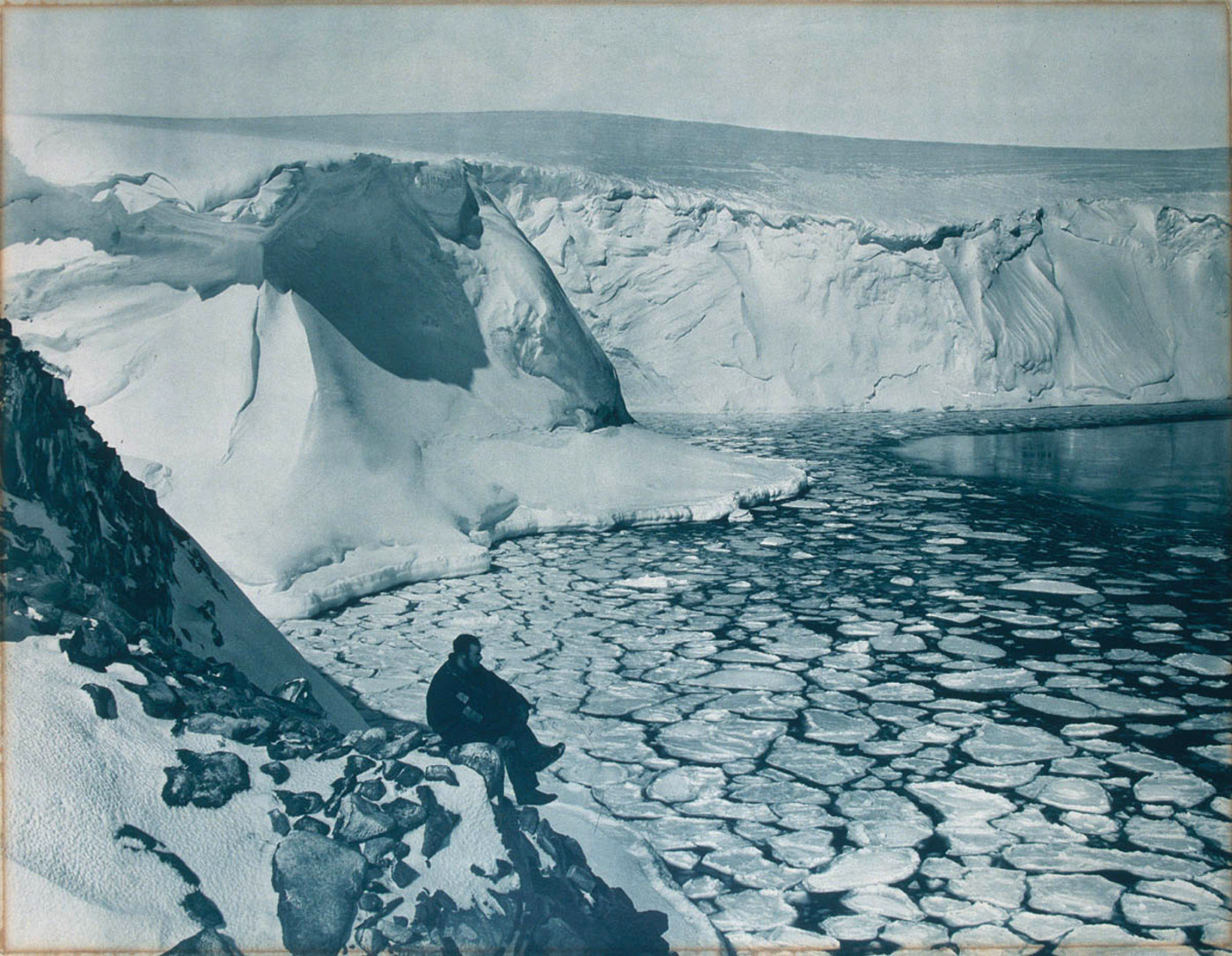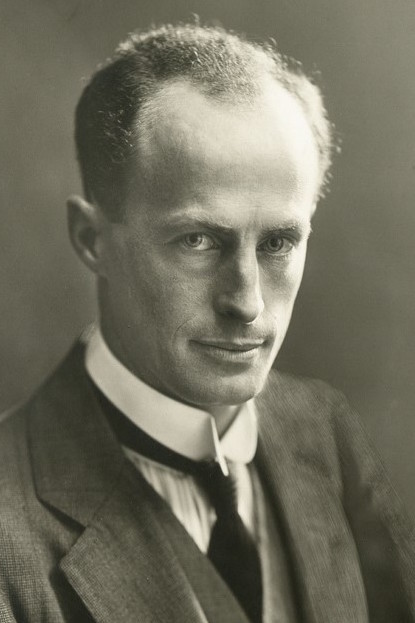|
Frank D. Fletcher
Frederick "Frank" Douglas Fletcher was an Australian sailor, mainly known for his time as chief officer of the during the 1911–1914 Australasian Antarctic expedition, under Captain John King Davis. Fletcher replaced N. C. Toutcher—who had been chief officer during ''Aurora''s first voyage of the expedition—for the second Antarctic voyage, and the spring and winter sub-Antarctic voyages of 1912 and 1913. In his 1962 book ''High Latitude'', Davis described Fletcher as "a most efficient and conscientious officer and seaman who at first sight might have been taken for the prototype of the perfect 'Bucko', that semi-legendary figure sometimes described as having 'a jaw like a sea boot'." Fletcher left the ''Aurora'' in 1913 to join a coastal shipping company, presumably in New Zealand, where he was discharged. Expedition commander Douglas Mawson named Fletcher Island—near Commonwealth Bay Commonwealth Bay is an open bay about 48 km (30 mi) wide at the entranc ... [...More Info...] [...Related Items...] OR: [Wikipedia] [Google] [Baidu] |
Australasian Antarctic Expedition
The Australasian Antarctic Expedition was a 1911–1914 expedition headed by Douglas Mawson that explored the largely uncharted Antarctic coast due south of Australia. Mawson had been inspired to lead his own venture by his experiences on Ernest Shackleton's ''Nimrod'' expedition in 1907–1909. During its time in Antarctica, the expedition's sledging parties covered around of unexplored territory, while its ship, , navigated of unmapped coastline. Scientific activities included meteorological measurements, magnetic observations, an expansive oceanographic program, and the collection of many biological and geological samples, including the discovery of the first meteorite found in Antarctica. The expedition was the first to establish and maintain wireless contact between Antarctica and Australia. Another planned innovation – the use of an aircraft – was thwarted by an accident before the expedition sailed. The plane's fuselage was adapted to form a motorised sledge or "air ... [...More Info...] [...Related Items...] OR: [Wikipedia] [Google] [Baidu] |
John King Davis
John King Davis (19 February 1884 – 8 May 1967) was an English-born Australian explorer and navigator notable for his work captaining exploration ships in Antarctic waters as well as for establishing meteorological stations on Macquarie Island in the subantarctic and on Willis Island in the Coral Sea. Early life Davis's formal education, at Colet Court, London, and at Burford Grammar School, Oxfordshire, ended in 1900, when he and his father left London for Cape Town, South Africa. Career Early exploration work Davis served as chief officer of the during Ernest Shackleton's Antarctic expedition in 1908–1909. He was captain of the and second in command of Douglas Mawson's Australasian Antarctic expedition in 1911–1914. First World War At the outbreak of World War I in August 1914, Davis volunteered for active service, and was put in charge of the troop transport , carrying troops and horses to Egypt and England. Later exploration work He also served as Cap ... [...More Info...] [...Related Items...] OR: [Wikipedia] [Google] [Baidu] |
Australian Antarctic Division
The Australian Antarctic Division (AAD) is a division of the Department of Climate Change, Energy, the Environment and Water. The Division undertakes science programs and research projects to contribute to an understanding of Antarctica and the Southern Ocean. It conducts and supports collaborative research programs with other Australian and international organisations, such as the Bureau of Meteorology and Geoscience Australia, as well as administering and maintaining a presence in Australian Antarctic and sub-Antarctic territories. Their website includes articles on the Antarctic wildlife, threats, guidelines and they have blogs written by Australians at the three Australian bases in Antarctica: Mawson, Davis and Casey. Charter Under its charter the Australian Antarctic Division: * Administers the Australian Antarctic Territory and the Territory of Heard Island and McDonald Islands * Conducts research in high priority areas of Antarctic science * Coordinates and manages ... [...More Info...] [...Related Items...] OR: [Wikipedia] [Google] [Baidu] |
Douglas Mawson
Sir Douglas Mawson OBE FRS FAA (5 May 1882 – 14 October 1958) was an Australian geologist, Antarctic explorer, and academic. Along with Roald Amundsen, Robert Falcon Scott, and Sir Ernest Shackleton, he was a key expedition leader during the Heroic Age of Antarctic Exploration. Mawson was born in England and came to Australia as an infant. He completed degrees in mining engineering and geology at the University of Sydney. In 1905 he was made a lecturer in petrology and mineralogy at the University of Adelaide. Mawson's first experience in the Antarctic came as a member of Shackleton's ''Nimrod'' Expedition (1907–1909), alongside his mentor Edgeworth David. They were part of the expedition's northern party, which became the first to attain the South Magnetic Pole and to climb Mount Erebus. After his participation in Shackleton's expedition, Mawson became the principal instigator of the Australasian Antarctic Expedition (1911–1914). The expedition explored thousand ... [...More Info...] [...Related Items...] OR: [Wikipedia] [Google] [Baidu] |
Fletcher Island
Fletcher Island is a rocky island, in diameter, which is the largest of the Fletcher Islands. Fletcher Island is located at . Fletcher Island lies in the eastern part of Commonwealth Bay, west-southwest (WSW) of Cape Gray. Fletcher Island was discovered by the Australian Antarctic Expedition (AAE) (1911–1914) under Douglas Mawson, who named it for Frank D. Fletcher, First Officer on the expedition ship Aurora. See also * Composite Antarctic Gazetteer * Fletcher Islands * List of Antarctic and sub-Antarctic islands * List of Antarctic islands south of 60° S * SCAR * Territorial claims in Antarctica Seven sovereign states – Argentina, Australia, Chile, France, New Zealand, Norway, and the United Kingdom – have made eight territorial claims in Antarctica. These countries have tended to place their Antarctic scientific observation and st ... References Islands of George V Land {{GeorgeVLand-geo-stub ... [...More Info...] [...Related Items...] OR: [Wikipedia] [Google] [Baidu] |
Commonwealth Bay
Commonwealth Bay is an open bay about 48 km (30 mi) wide at the entrance between Point Alden and Cape Gray in Antarctica. It was discovered in 1912 by the Australasian Antarctic Expedition under Douglas Mawson, who established the main base of the expedition at Cape Denison at the head of the bay. Named by Australasian Antarctic Expedition after the Commonwealth of Australia. Katabatic Wind The bay is listed in both the ''Guinness Book of World Records'' and the Eighth Edition of the ''National Geographic Atlas'' as the windiest place on Earth with winds regularly exceeding per hour and an average annual wind speed of per hour. Storms are caused by katabatic wind, a concentrated flow of cold air moving along the steep surface of the ice shield towards the sea. The air flow is accelerated by the increasing gradient of the surface of ice and the cliff monolith at Cape Denison. In the summer there are periods of relative calm but during winter storms are especially st ... [...More Info...] [...Related Items...] OR: [Wikipedia] [Google] [Baidu] |
Australasian Antarctic Expedition
The Australasian Antarctic Expedition was a 1911–1914 expedition headed by Douglas Mawson that explored the largely uncharted Antarctic coast due south of Australia. Mawson had been inspired to lead his own venture by his experiences on Ernest Shackleton's ''Nimrod'' expedition in 1907–1909. During its time in Antarctica, the expedition's sledging parties covered around of unexplored territory, while its ship, , navigated of unmapped coastline. Scientific activities included meteorological measurements, magnetic observations, an expansive oceanographic program, and the collection of many biological and geological samples, including the discovery of the first meteorite found in Antarctica. The expedition was the first to establish and maintain wireless contact between Antarctica and Australia. Another planned innovation – the use of an aircraft – was thwarted by an accident before the expedition sailed. The plane's fuselage was adapted to form a motorised sledge or "air ... [...More Info...] [...Related Items...] OR: [Wikipedia] [Google] [Baidu] |



